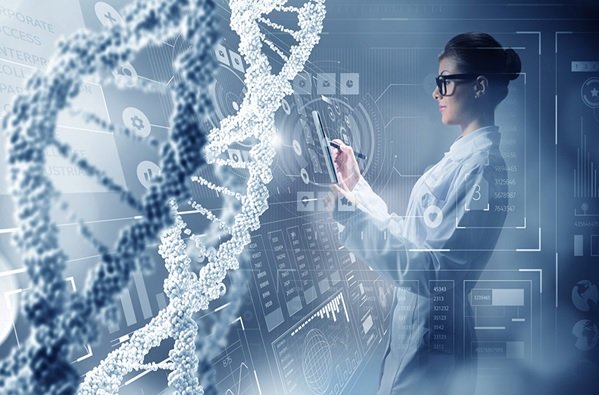How Does A Machine Learn? Smart Machines That Learn To Serve Doctors
No Matter What Artificial Intelligence Does, The Scientists Who Designed It Probably Do Not Know Exactly How To Do It, Because Artificial Intelligence Is Often Self-Taught, Based On A Set Of Simple Instructions For Creating A Unique Set Of Rules Strategies. They Are Working. So How Does A Machine Learn?
Machine Learn there are many ways to build self-contained programs. But they are all based on three basic types of machine learning: unsupervised learning, supervised learning, and reinforcement learning.
To see this in practice, let’s imagine that researchers are trying to extract information from a collection of medical data containing thousands of patient profiles.
First, learning without an observer. This approach would be ideal for analyzing all profiles to find commonalities and valuable patterns. Certain patients may have similar symptoms, or a specific treatment may have several specific side effects. This model-wide search approach can identify similarities between patients’ profiles and find emerging patterns without human guidance.
Let’s say doctors are looking for more specific information. These doctors want to develop an algorithm for diagnosing a particular condition. They gather two sets of data: medical images and test results from both healthy patients and patients with that specific condition.
They then enter this information into a program designed to identify the characteristics of sick patients rather than healthy patients.
The program assigns values to those diagnostic features and creates an algorithm to diagnose future patients based on the number of times these specific features are observed.
However, unlike unsupervised learning, physicians and computer scientists play an active role in future events. Physicians will make the final diagnosis and check the accuracy of the algorithm predictions. Scientists can then use the updated dataset to adjust program parameters and improve accuracy.
Now, these doctors plan to design another algorithm to recommend treatment programs. Because these programs run in several stages and may vary depending on each individual’s response to treatment, physicians decide to use reinforcement learning. The program uses an iterative approach to gathering feedback on the most effective medications, doses, and treatments.
It then compares the data with each patient’s profile to create a specific and optimal treatment plan.
As the treatment progresses and the program receives more feedback, it can continuously update the schedule for each patient. None of these three techniques is inherently more intelligent than the others. While some more or less require human intervention, they all have their strengths and weaknesses that make them more suitable for specific tasks.
However, researchers can build sophisticated artificial intelligence systems with separate programs that can monitor and train each other by using them together. For example, when our unsupervised learning program detects similar groups of patients, it can send that data to a supervised learning program. The program can then include this information in its forecasts. Or perhaps dozens of reinforcement learning programs may simulate patients’ potential outcomes to gather feedback on various treatment plans.
There are countless ways to create these machine learning systems, and perhaps the most promising models are those that mimic the relationship between neurons in the brain.
These artificial neural networks can use millions of connections to cope with complex tasks such as image recognition, speech recognition, and even language translation.
Researchers are now looking for ways to make machine learning more transparent. However, the more self-guided these models become, the more difficult it will be for computer scientists to figure out how these self-taught algorithms work. But as AI becomes more involved in our daily lives, these mysterious decisions have an increasing impact on our work, health, and safety. So as machines continue to learn to study, negotiate, and communicate, we must consider how to teach each other morality.
Ethical considerations
Health care is one of the leading areas in artificial intelligence. Artificial intelligence can evaluate large volumes of data, analyze information collected over the years, and discover hidden connections between them. However, there are also challenges to applying artificial intelligence in this area. For example, errors or disturbances in data communication may slow down the production of drugs or make it difficult to diagnose and prevent diseases correctly.
In addition, the issue of privacy and the misuse of data and information about people’s health by various groups, including insurance companies and advertising companies, has caused a wave of concerns in this regard.
The use of intelligent systems also risks that the doctor considers himself independent of the patient and takes extreme distances. In other words, rather than focusing on the patient as an individual, make the disease the subject of their research.
As a result, the patient’s experience and symptoms, existential and psychological suffering, and feelings about the diagnosis and treatment process will no longer matter.
Medicine is a human internship in which the human relationship between the caregiver and the primary caregiver is indispensable. The advent of medical technology in this internship has faced medicine with a crisis in the quality of care.
That is why experts in medicine, humanities, health, medical philosophy, ethics, etc., have written numerous articles and books in this regard and have issued warnings about the dangers of using intelligent systems in medical internships.

